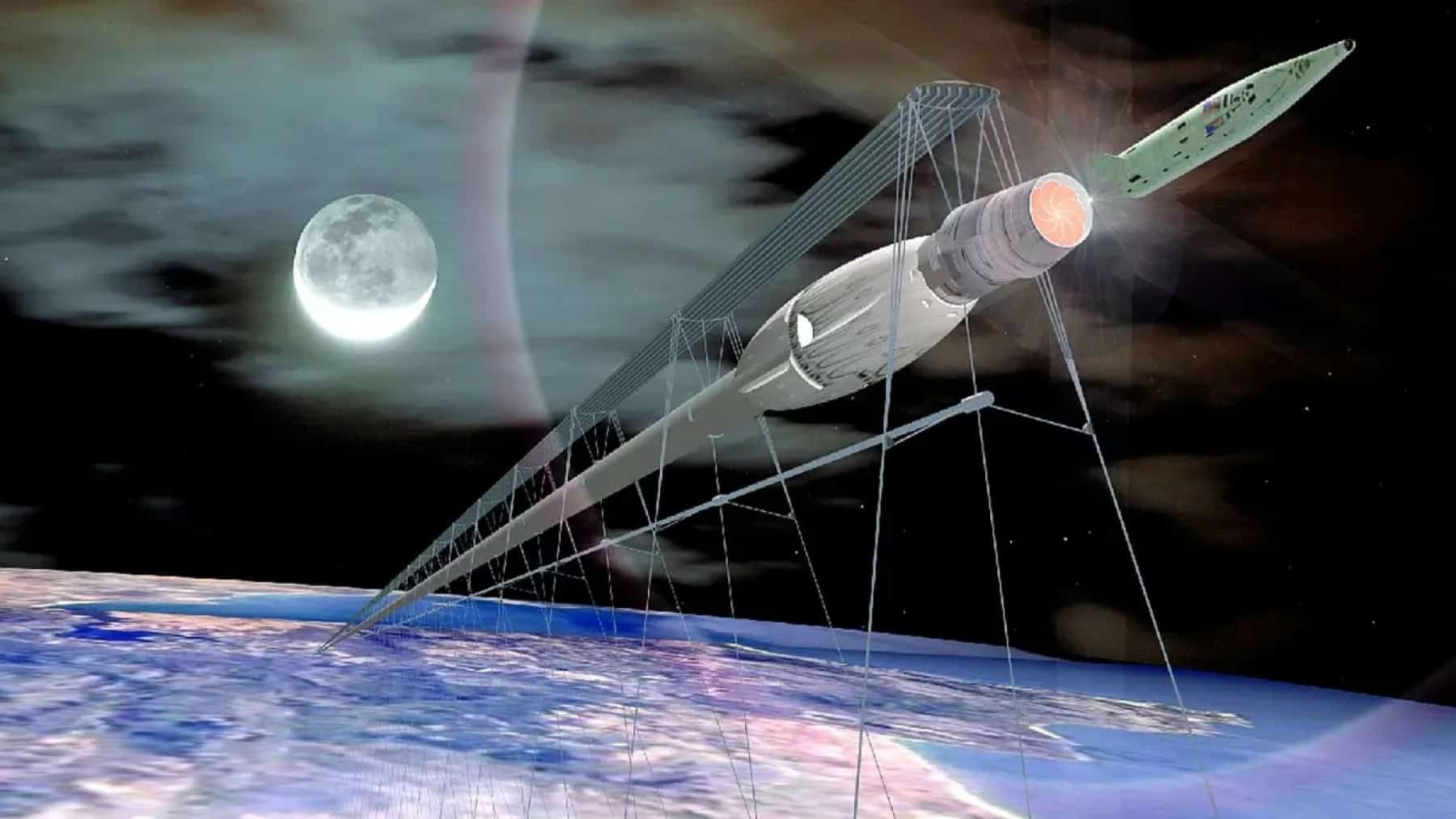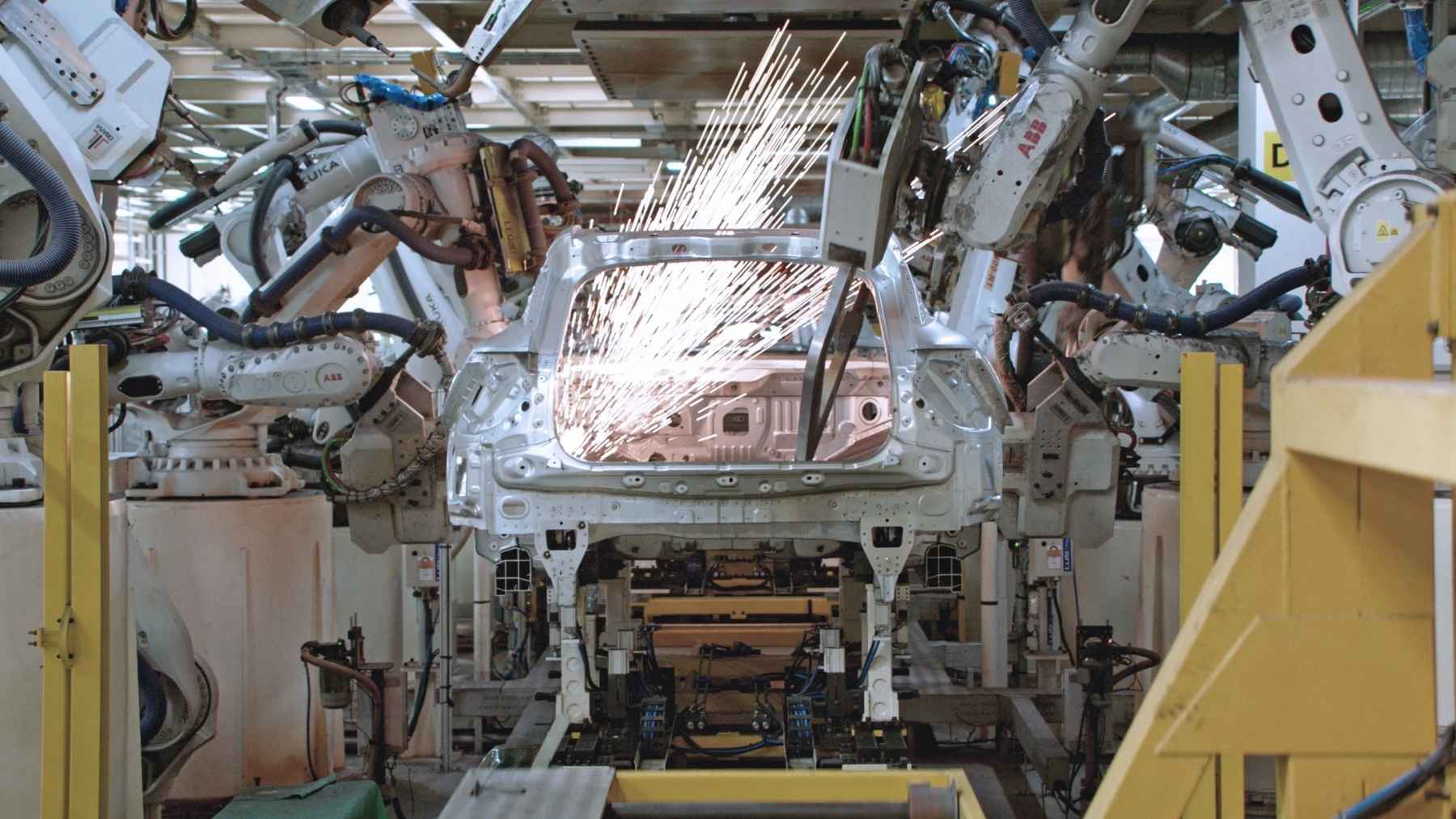This rocket from China could be seen on its journey into space by 2028. The past 100 years have seen significant developments in transportation. In the last century, the world has seen the development of the first automobile hitting the roads and the first rockets leaving Earth and landing on the moon. We have come a significant way since the days of using animals for transportation needs, and today, advancements continue to be made with major players in the industry making advancements that were never thought possible.
Space travel continues to make significant developments
Space travel represented a significant turning point in the world’s history. Once limited to the realm of science fiction in popular media, the dream of visiting space became a reality in 1961 when Soviet astronaut Yuri Gagarin took flight and orbited the Earth, the first person to ever do so. Less than ten years later, NASA put the first astronauts on the moon, another feat that was previously never thought possible.
Since then, space travel has been defined by fierce rivalry between nations, particularly between the US, Russia, and China. Currently, the next objective on everyone’s mind is to be the first to get humans to Mars, the Earth’s closest neighbouring planet. Additionally, in today’s digitally connected world, competition to dominate satellite technology access is an additional factor for world powers to consider.
However, the allure of the Red Planet remains, and developments in rocket technology are expected to increase the likelihood that we will see people set foot on the planet sooner rather than later. A major challenge that pertains to getting humans to Mars is that the trip would take approximately six to nine months with today’s current technology, with a round trip projected to be two to three years. This time is a significant spanner for space agency stakeholders, as it becomes a concern regarding how astronauts on board will remain fed, not to mention reducing feelings of isolation. Additionally, the length of time away from Earth presents refuelling challenges.
New rocket from China to take off in 2028?
Recently, the private Chinese space company Galactic Energy has unveiled that they are busy working on a new rocket launch pad system. The new launch pad system is expected to utilize maglev technology to propel satellites to space at incredible speeds, making the process exponentially more efficient. The current timeline projects that the technology will be operational by 2028.
“Galactic Energy is committed to providing low-cost, high-frequency access solutions to human and generating power for space round-trip, transportation and resource exploration to make space resources part of our life,” describes Galactic Energy on their website.
If this launch pad were to become operational, the biggest benefit of it would be that it would significantly cut down on fuel costs to launch these satellites into space. According to reports, the company is developing the new launch pad system in collaboration with the Ziyang government in Sichuan and the China Aerospace Science and Industry Corporation (CASIC). The technology would launch the satellites into space at speeds above Mach 1 (approximately 761 mph).
Developments in space technology continue to emerge
While mobility development announcements are generally dominated by advancements in alternative engine solutions for passenger vehicles, and more recently, autonomous driving technologies developments, space mobility technology developments continue to emerge from developers.
In keeping with advancing renewable engine solutions, researchers at Stanford University are reportedly in the process of developing new materials to increase solar panel efficiency by as much as 20%. This would be a major addition for space mobility technologies, as solar energy plays a key role in powering these technologies. These advancements are all expected to contribute to a future where space travel is set to become increasingly more efficient and accessible.















